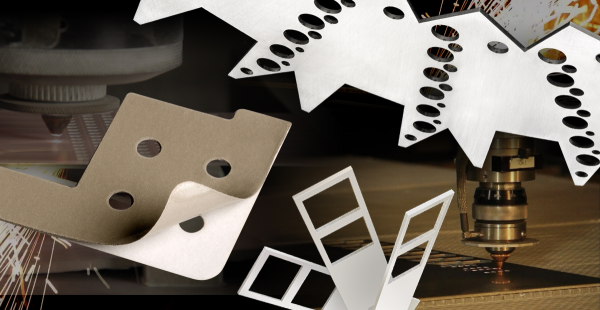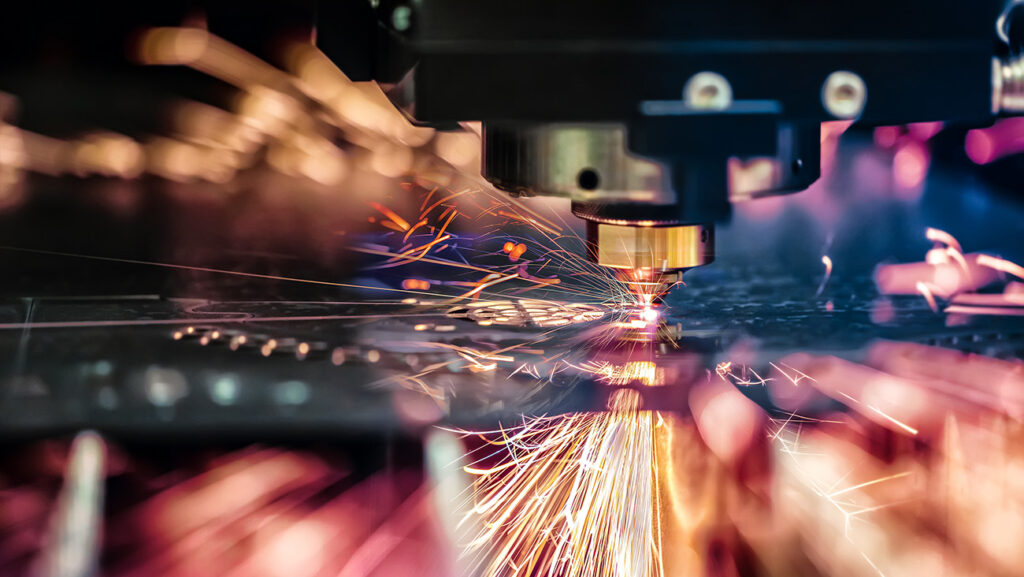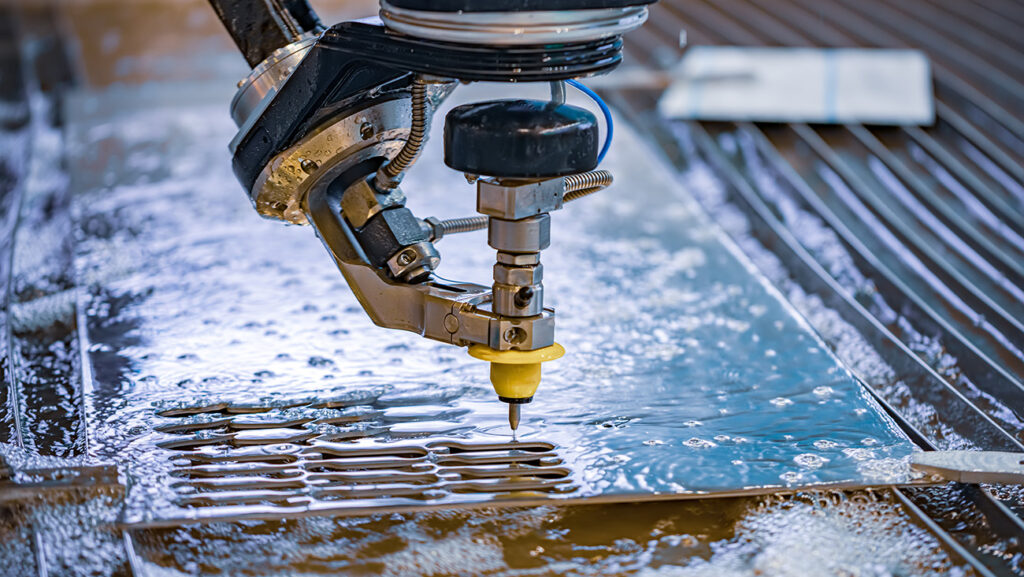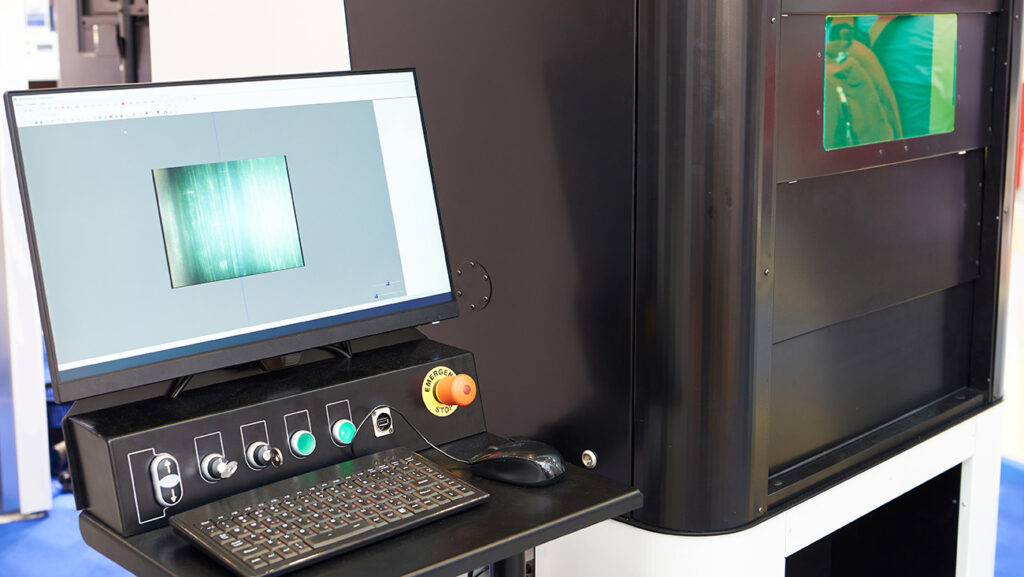Laser Cutting vs. Die Cutting
Posted on April 1, 2017 in Blogs

Here are 3 Simple Reasons the Laser is King Over DIE Cutting
You see, the thing about laser cutting is, well, it’s not just one thing – unless we’re referring to the monochromatic, coherent, collimated power surge generated by the light beam itself – but let’s not delve into a physics lesson here. We might find ourselves lost in the land of limits, summations, and (eventually) headaches. Instead, let’s take the scientific approach to keeping it simple: what makes laser cutting superior to its ancestors of saw blading; die cutting, or water jet cutting.
1. Intense focal beams, tolerances, and kerf.
Because the laser beam is doing all of the work, there is no negative impact on tools or products due to machine pressure. The well-defined, narrow path followed by the beam (that’s “kerf” to you) can be manipulated to obliterate anything in its path, while somehow respecting all other surrounding material.
This narrow kerf permits more dense layouts for more efficient material utilization and reduced secondary operations, enhancing accuracy in an already highly controllable, reproducible process.
2. Seamless integration with your CAD files
The capability of using CAD/CAM and CNC together with laser cutting translates into shorter lead times on changes and adjustments, so that production and design changes can be easily made. The machinist can work easily with the project’s engineering department to determine optimal layouts to accomplish jobs ranging from small prototype orders to large production runs with minimal setup and tooling.
3. Lowest Total Cost
With laser cutting there are no expensive dies or tooling charges, no set-up fees, and laser cutting systems are programmed to function with CAD software at the highest efficiency. Eliminating the cost of tool wear or breakage, as well as large amounts of production material waste, translates into lower total costs to you.
So, not only does the laser process decrease inconsistencies found in traditional machining, but it also proves to improve production efficiency while handling a wide variety of jobs.
Learn more about laser cutting and contact our technical support team with any questions.



